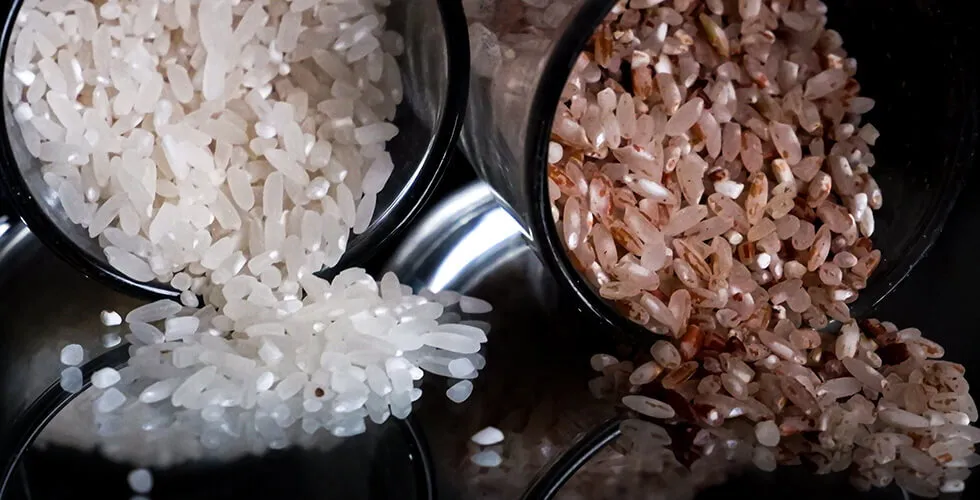
Brown rice has long worn the crown as the healthier choice—richer in fiber, packed with nutrients, and less processed than white rice. But a new study is flipping that narrative on its head. Researchers from Michigan State University have confirmed that brown rice contains significantly higher levels of toxic arsenic than white rice—and the difference isn’t small.
Here’s the twist: the same outer layer that gives brown rice its nutritional edge is where most of the arsenic hides. Rice naturally absorbs arsenic from soil and water (especially when grown in flooded paddies), and it concentrates in the bran—the part left intact in brown rice but removed in white. In fact, researchers found brown rice carries about 24% more total arsenic and 40% more inorganic arsenic (the most dangerous form) than white rice. And rice bran alone? It can contain up to 10 times the arsenic of the white interior.
While adults probably won’t be harmed by the occasional bowl of brown rice, the real red flag is for young children. Kids aged 6 to 24 months who regularly eat brown rice may be exposed to arsenic levels above international safety limits. That’s a major concern for growing bodies.
The research also points out that other groups—like Asian immigrant families, those on gluten-free diets, or people with limited food access—may also be at higher risk simply based on rice consumption habits.
This doesn’t mean brown rice is evil. But it does mean that blindly chasing “health foods” without considering the full picture can backfire. The takeaway? Mix it up. Incorporate both brown and white rice into your meals. And when feeding little ones, opt for variety and moderation. Because sometimes, the healthiest choice is the one that avoids hidden dangers—even if it looks a little less “whole.”

